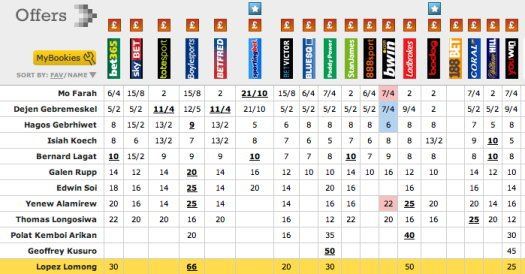For many people, the world of gambling can be confusing and intimidating. With terms like odds, probability, and house edge thrown around, it’s no wonder beginners often feel overwhelmed. However, understanding gambling odds is crucial if you want to make informed decisions and potentially increase your chances of winning. In this beginner’s guide, we will demystify gambling odds and provide you with a solid foundation to navigate the exciting world of gambling.
What are Gambling Odds?
In simple terms, gambling odds represent the likelihood of a particular event occurring. They are usually expressed as a ratio or a percentage. Understanding these odds is essential to understand the potential outcome of a bet, as well as the potential payout.
Types of Gambling Odds
There are three main types of gambling odds: fractional, decimal, and moneyline.
1. Fractional Odds
Fractional odds are commonly used in the UK and are expressed as a fraction. For example, if the odds are 3/1, it means that for every unit you bet, you will win three units if your bet is successful.
2. Decimal Odds
Decimal odds are popular in Europe and are represented as a decimal number. For instance, if the odds are 4.00, it means that if you bet one unit and win, you will receive four units, including your initial wager.
3. Moneyline Odds
Moneyline odds, commonly used in the US, are presented as either a positive or negative number. Positive numbers indicate the potential profit if you bet $100, while negative numbers represent the amount you need to bet to win $100.
How to Calculate Gambling Odds?
Calculating gambling odds allows you to assess the potential risk and reward of a bet. Let’s go through an example to help you understand the calculations.
Suppose you’re betting on a football match, and the odds for Team A to win are 2/1. This means that for every unit you bet, you will win two units if Team A emerges victorious. If you want to calculate the potential profit, simply multiply your bet amount by the fractional odds ratio.
For example, if you bet $10 on Team A to win:
“`html
Potential Profit = Bet Amount x (Fractional Odds + 1)
Potential Profit = $10 x (2/1 + 1)
Potential Profit = $10 x (2 + 1)
Potential Profit = $30
“`
In this scenario, you stand to make a potential profit of $30 if your bet is successful.
Understanding Probability and Probability Odds
Probability and odds go hand in hand when it comes to gambling. Probability refers to the likelihood of an event occurring, while odds represent the potential payout if that event happens. The relationship between probability and odds can be expressed using mathematical formulas.
Let’s say you’re rolling a fair six-sided dice. There are six possible outcomes, each with an equal chance of occurring. The probability of rolling a specific number, such as a 3, can be calculated using the following formula:
“`html
Probability = 1 / Number of Possible Outcomes
Probability = 1 / 6
Probability = 0.1667 (rounded to four decimal places)
“`
In this case, the probability of rolling a 3 is approximately 0.1667 or 16.67%.
Once you know the probability, you can calculate the odds by using the following formula:
“`html
Odds = 1 / Probability
Odds = 1 / 0.1667
Odds = 6 (rounded to the nearest whole number)
“`
Therefore, the odds of rolling a 3 on a fair six-sided dice are 6 to 1.
House Edge and Its Impact on Gambling Odds
The house edge is a term used to describe the built-in advantage that casinos have in every game. It represents the percentage of each bet the casino expects to win in the long run. Understanding the house edge is crucial because it directly affects the odds of winning.
Let’s use the game of roulette as an example. In a standard European roulette wheel, there are 37 pockets numbered from 0 to 36. The odds of landing on a specific number are 1 in 37.
However, the payout for correctly guessing a single number bet is usually set at 35 to 1. This discrepancy occurs due to the presence of the house edge, which is approximately 2.7% in European roulette. The casino expects to win about 2.7 cents for every dollar bet on a single number.
Conclusion
Gambling odds can appear daunting at first, but with a solid understanding of the different types of odds and how to calculate them, you can make more informed decisions when placing bets. Remember to consider the house edge in your calculations, as it plays a significant role in determining the odds of winning. Armed with this beginner’s guide, you’re now ready to take on the exciting world of gambling with confidence!
